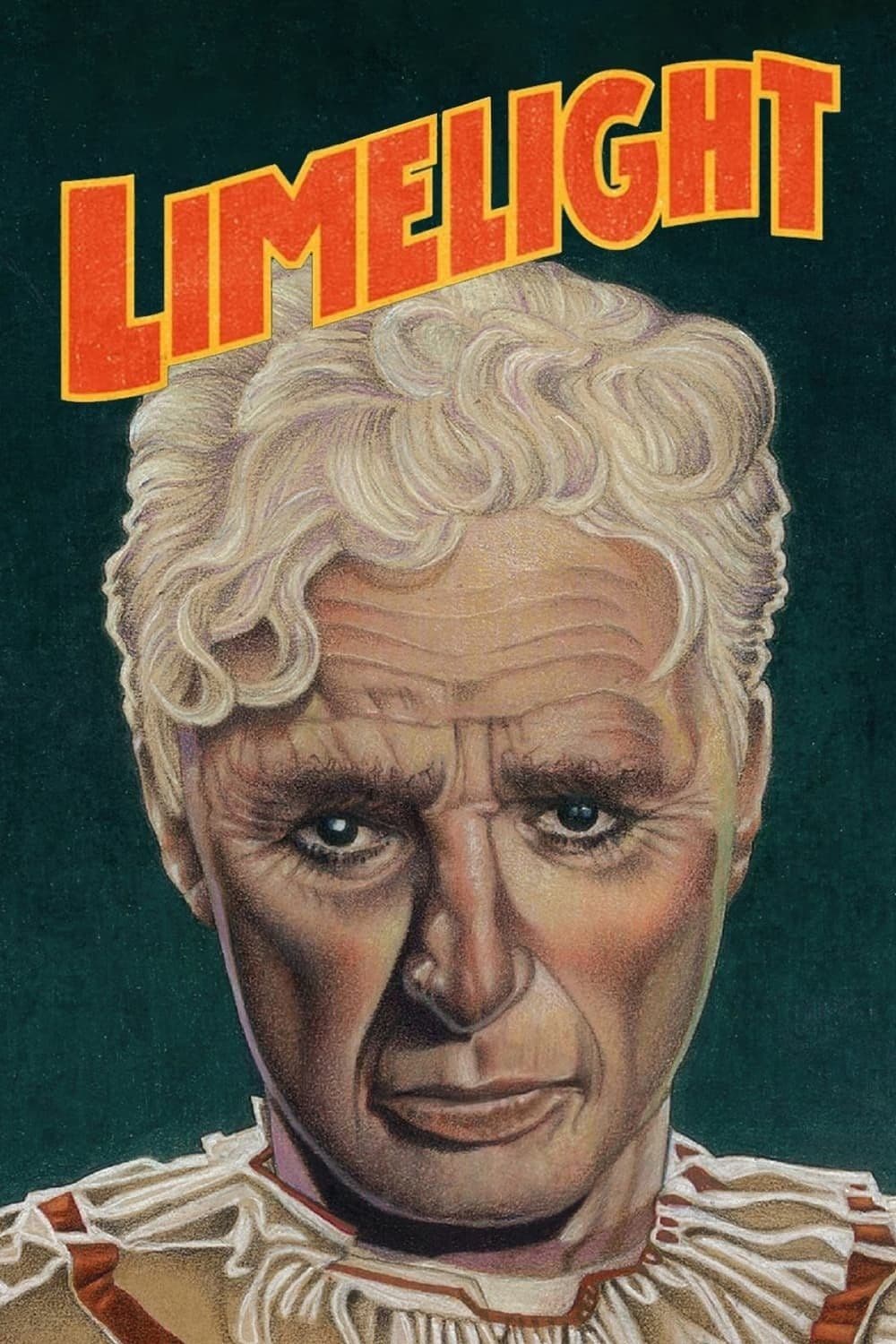
Limelight
1952
Rate this movie
Average: 0.00 / 5
(0 votes)
Director
In his last American film, Master Chaplin addresses the issue of the decline and marginalization of entertainers at the end of their careers, connecting to the theme already explored by Wilder with Sunset Boulevard. But if Wilder's masterpiece was a cynical and disillusioned elegy on the dust and rust of Hollywood, here Chaplin weaves a bittersweet symphony, imbued with a softer and deeply personal melancholy. Limelight is not just a film about the twilight of its characters, but also a kind of artistic and spiritual testament for its author, a cinematic swan song that precedes his forced exile from the United States, which occurred precisely in 1952 amidst the full McCarthyist hysteria. The film, imbued with an almost painful autobiographical aura, thus becomes not only the story of Calvero, but also that of Chaplin himself, a genius misunderstood by an America that was radically changing, turning its back on an art that had enchanted it for decades.
Assisting him was another immense talent, Buster Keaton, the only one in the golden age of silent cinema who was artistically his equal. Their on-screen encounter, though brief and concentrated in the unforgettable final Music Hall sequence, is far more than a cameo; it is a true passing of the torch, a mutual reverence between titans of comedy and pantomime. Their joint performance, in which Chaplin on the violin and Keaton on the piano clumsily try to synchronize amidst gags and hilarious mishaps, is a moving tribute to a bygone era, a moment when body and gesture spoke more than a thousand words, and laughter arose from an almost balletic choreographic precision. It is a moment of rare beauty and profound historical resonance, which sublimates their supposed rivalry into a definitive artistic embrace.
There is, therefore, a kind of meta-reality in which the life experiences of the two main actors are transfused into the film's plot. Chaplin, who personally composed the entire, sublime soundtrack (a work that earned him a posthumous Oscar in 1973, due to its delayed release in the USA), imbues every note and every beat with his own life, his disappointments, but also his unwavering faith in art. The character of Calvero, the forgotten clown, is a clear-sighted and poignant alter ego. His wisdom, his jokes, his philosophy on life and failure are direct echoes of Chaplin's worldview, a man who personally experienced the cruelty of the public and the ephemeral nature of fame.
Calvero, an aging Music Hall comedian, attempts to infuse lifeblood and artistic talent into a dancer who has lost the will to live, the young and tormented Terry (portrayed with fragile grace by Claire Bloom, in her screen debut). Their relationship, a kind of unconventional spiritual fatherhood, becomes the pulsating heart of the narrative. Calvero, despite his declining trajectory, never ceases to believe in the redemptive power of art and laughter. His mission is to rekindle the spark of life in Terry, demonstrating to her that beauty and meaning can be found even in transience and suffering. It is a recurring theme in Chaplin's work, the idea that art is not mere entertainment, but a force capable of redemption, of imparting meaning, of holding at bay the abyss of despair. This profoundly humanist approach distinguishes Limelight from other narratives on decline, instilling hope even in the bitterest of twilights.
The stage duets of the two great actors are celebrated, in a work that delves into autobiographical themes. But it is not only their comedic acts that remain etched in memory, but the entire atmosphere of the Music Hall, which Chaplin recreates with a mix of nostalgia and disillusionment. The dusty curtains, the crowded wings, the smell of sweat and makeup, the ephemeral glare of the limelight: everything contributes to building a world that is both magical and cruel. The final sequence, in which Calvero performs for the last time before an enthusiastic audience, only to collapse backstage while Terry dances with rediscovered grace, is one of the most heartbreaking and sublime moments in cinema history. It is the artist's sacrifice for their art, the idea that the show must go on at all costs, even if the soul behind the smile is fading. This scene, in particular, is an anthem to the artist's resilience and the perpetuity of art itself, which transcends the life of its creator.
Chaplin's direction, more mature and less prone to the slapstick excesses of his early works, focuses here on character psychology and pure emotion. The shots are often long, almost theatrical, allowing the actors to express the full range of their emotions. The cinematography, at times melancholic and luminous, evokes the dichotomy between cold reality and the warm, illusory world of the stage. Limelight is not only a film about the end of an era for circus and vaudeville art, but also a powerful commentary on the artist's solitude and the cruelty of success. Chaplin invites us to reflect on the fragility of genius, on its ability to bring joy to others even when one's own life is shrouded in sadness. It is a film that positions itself as a bridge between the glorious past of silent film and the emotional complexity of modern cinema, demonstrating that the power of storytelling extends far beyond technological changes or fleeting trends.
An absolutely unmissable film, to keep firmly in mind the essence of the gift, the dexterity, the brilliant predisposition of two great masters of comedy and cinema in a broader sense. A work that, seventy years after its release, continues to resonate with a moving timeliness, reminding us that true art never ages and that laughter, even when imbued with tears, is the noblest of human expressions. It is a lesson in life, resilience, and love for performance, a masterpiece that confirms Chaplin not only as the greatest mime in the world, but also as a profound philosopher of existence.
Country
Gallery
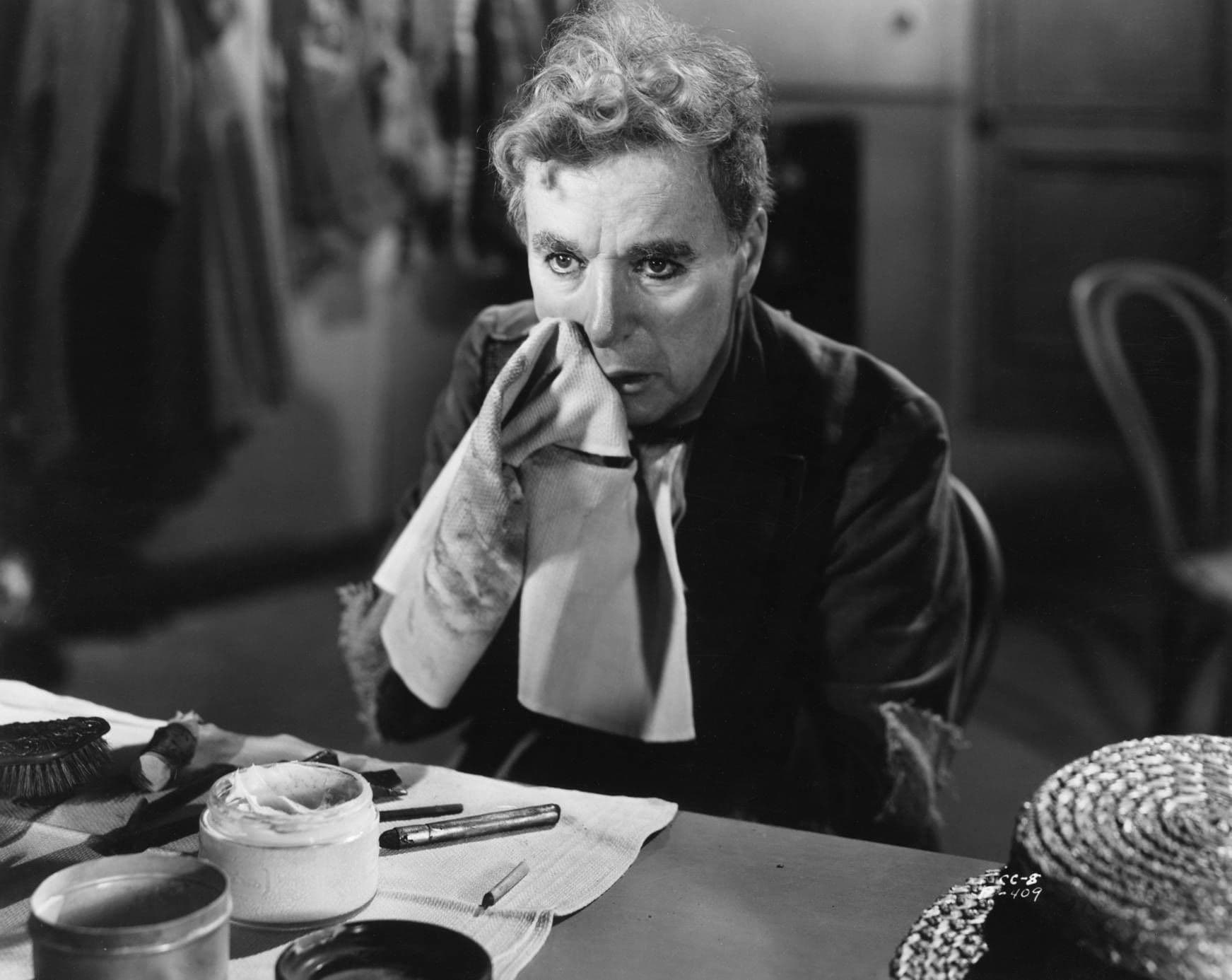
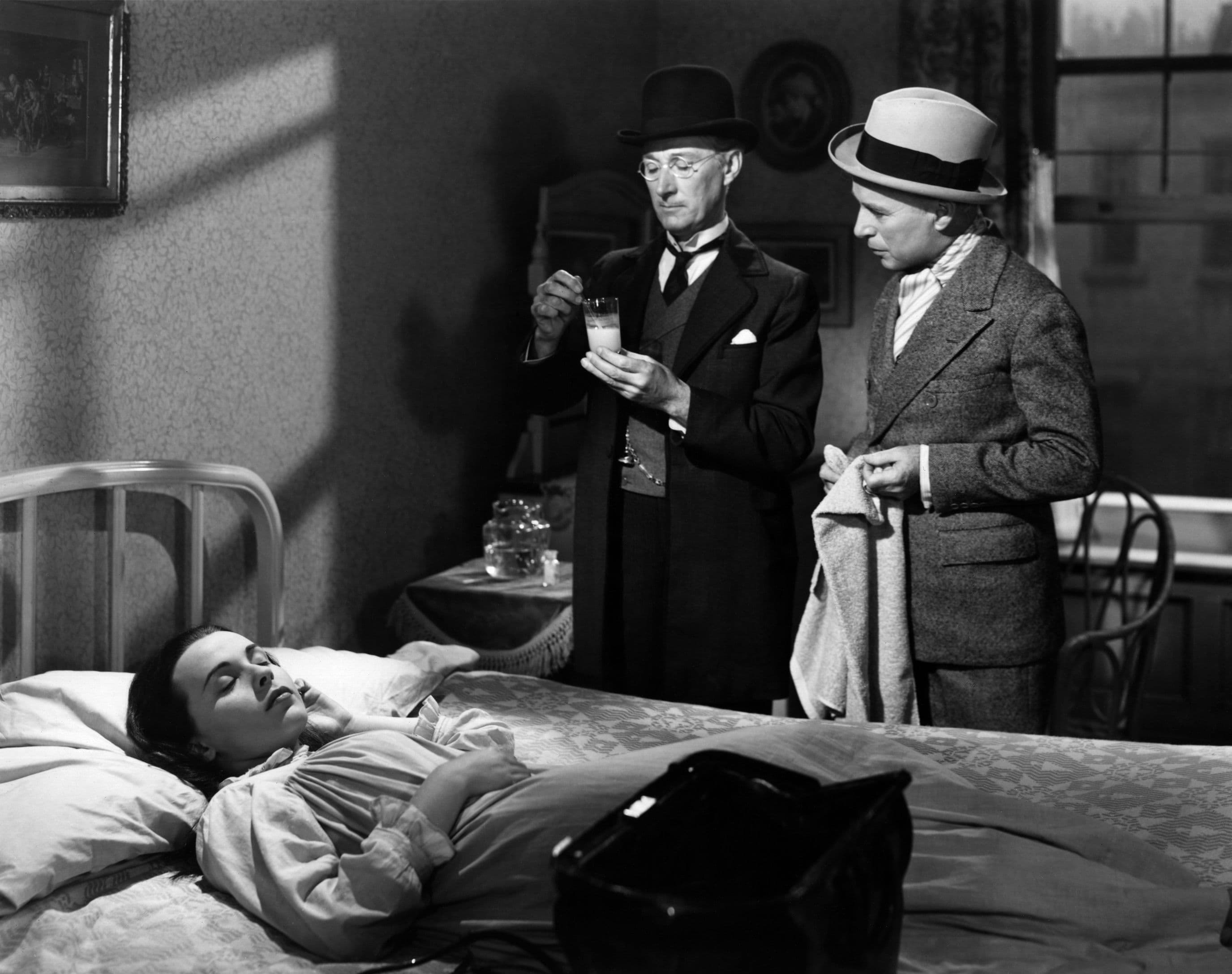
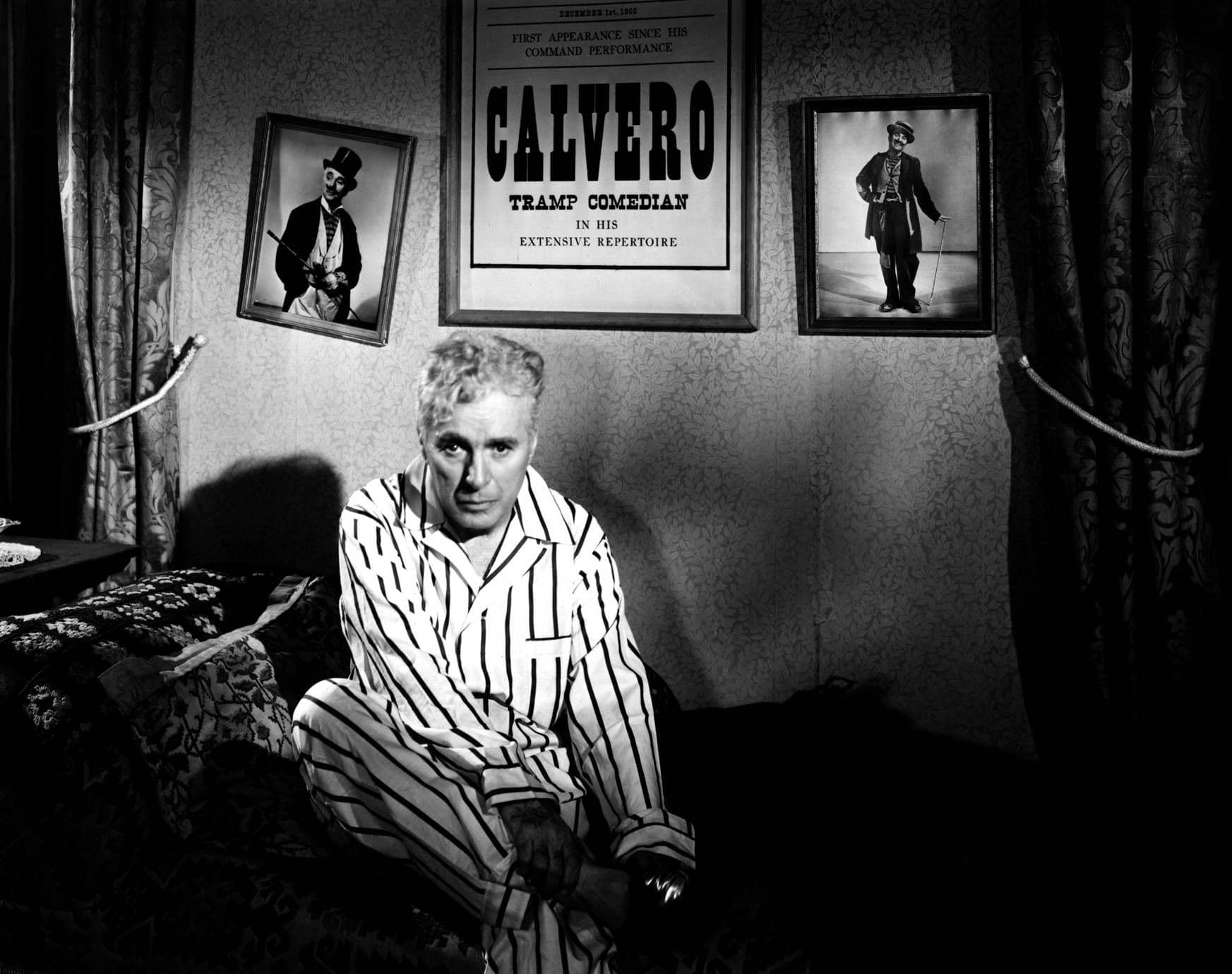
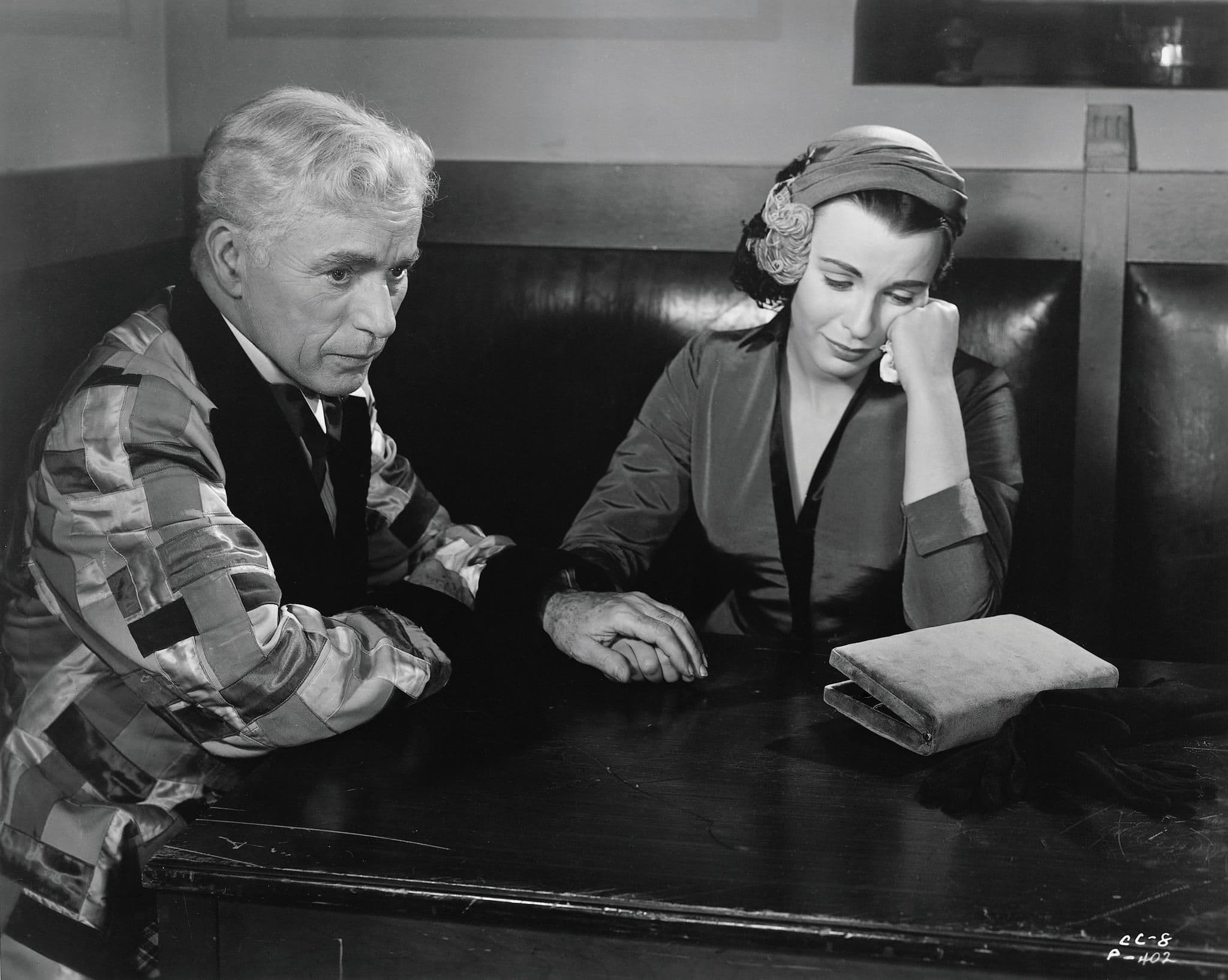
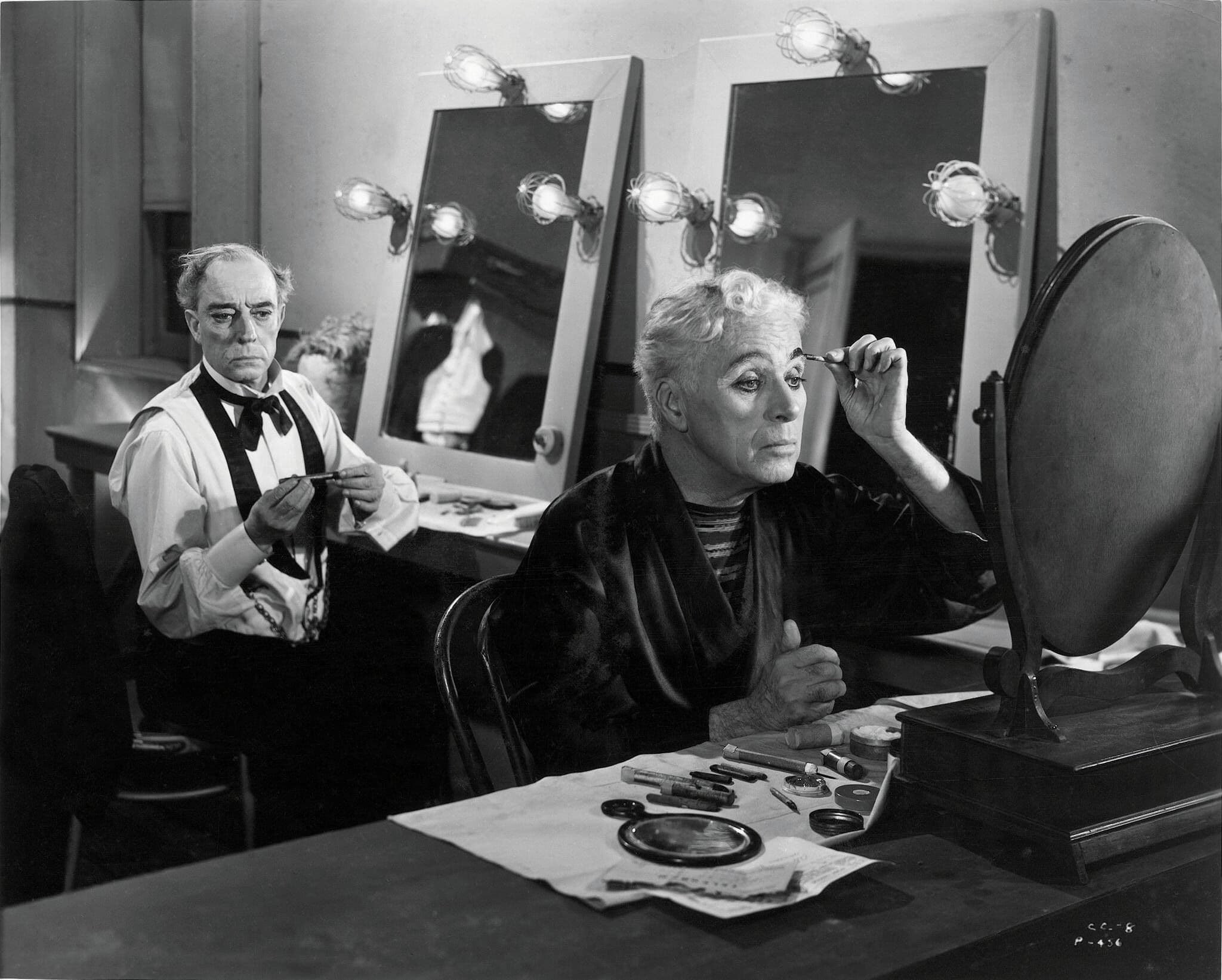

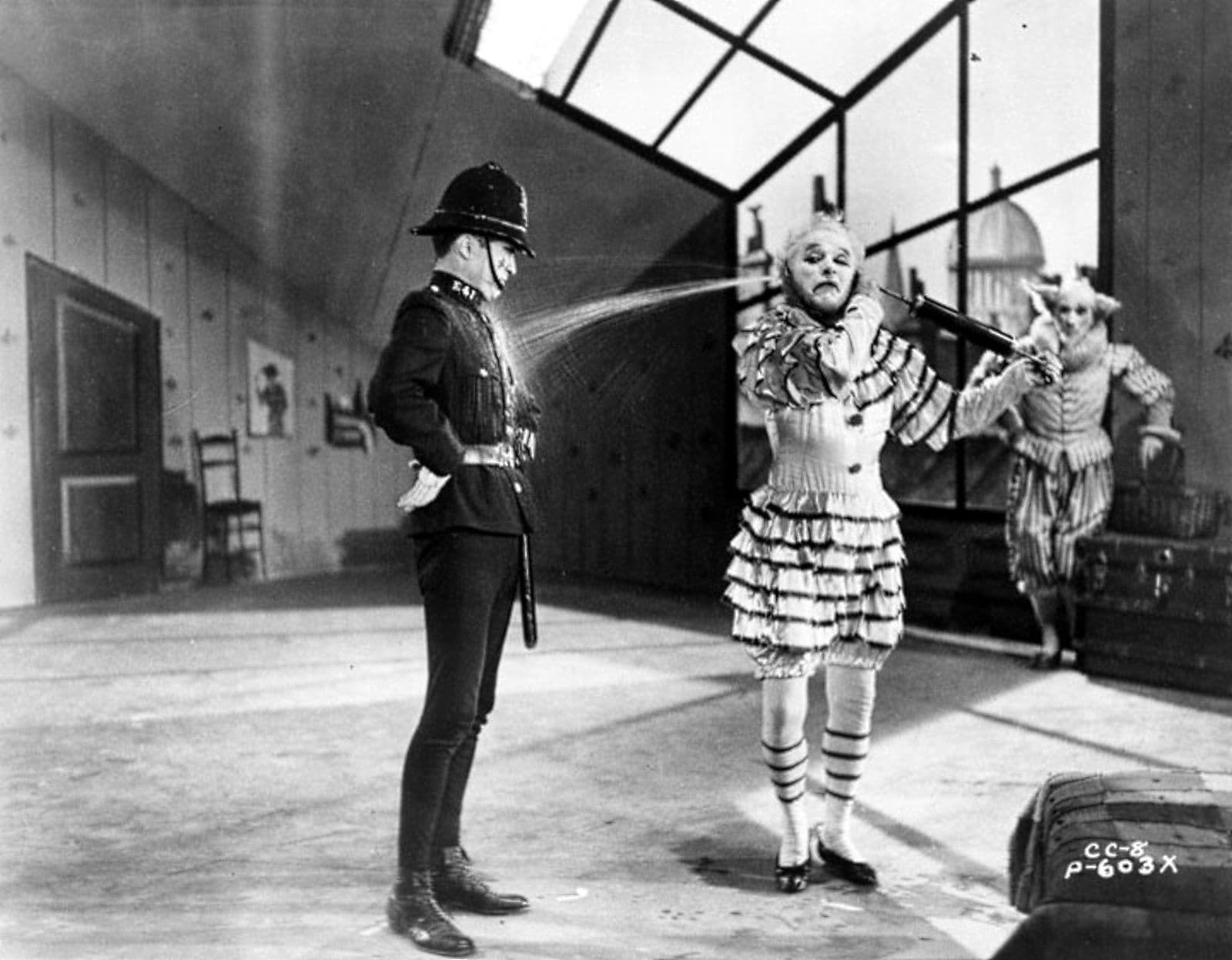
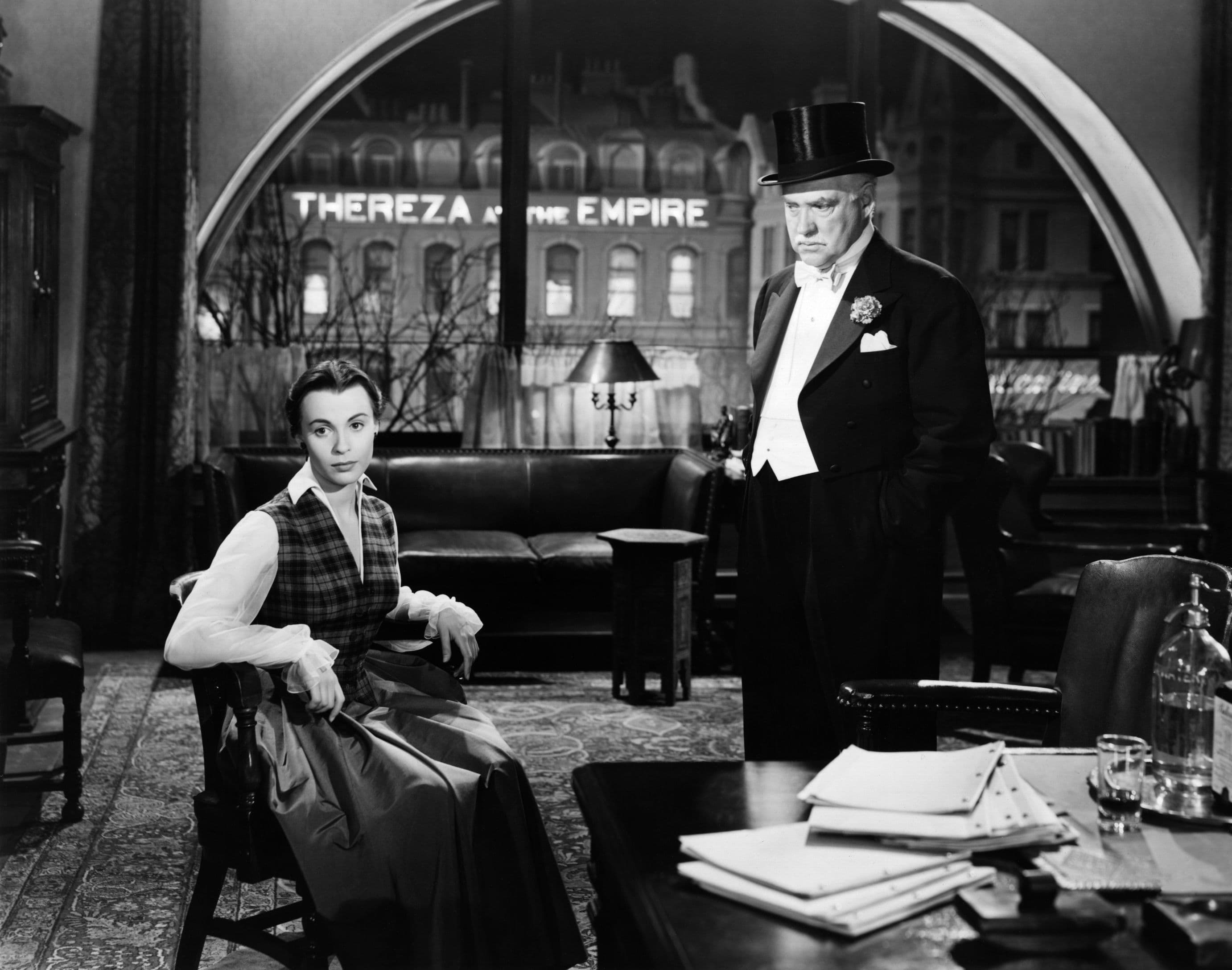
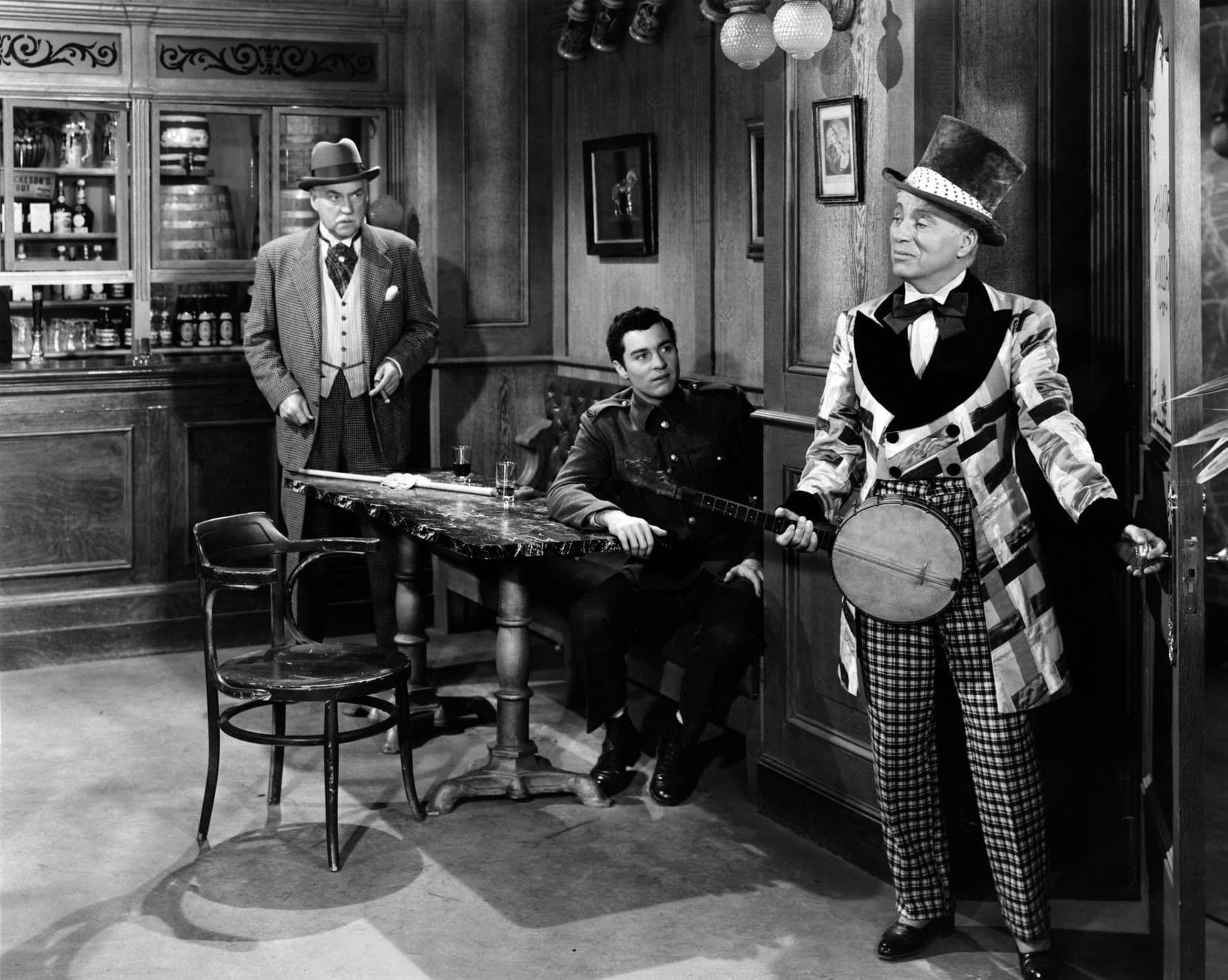
Featured Videos
Official Trailer
Comments
Loading comments...